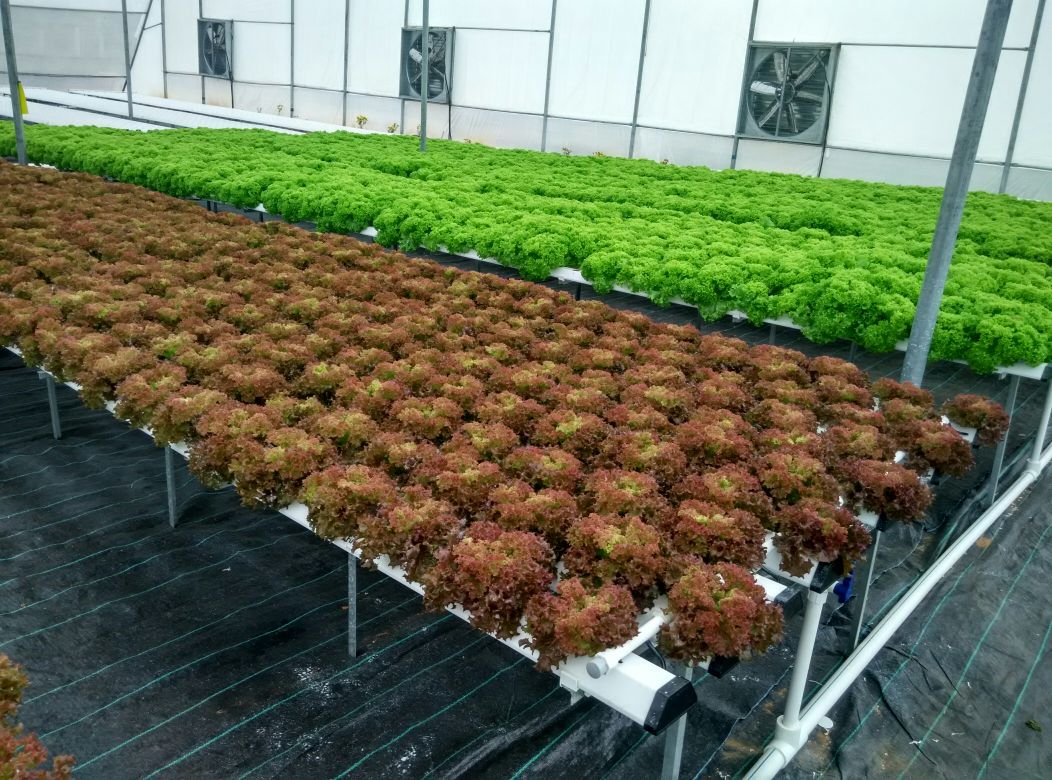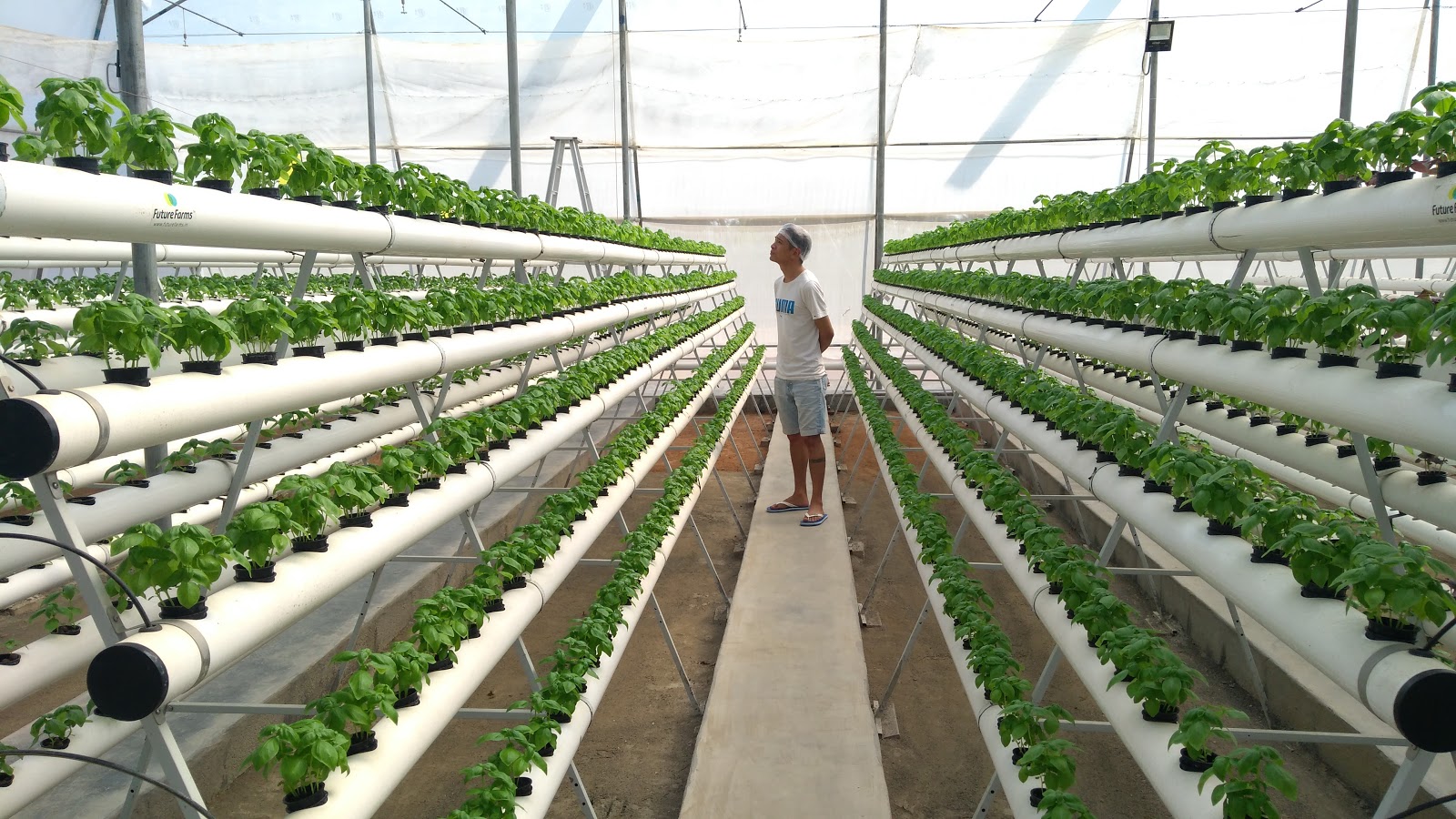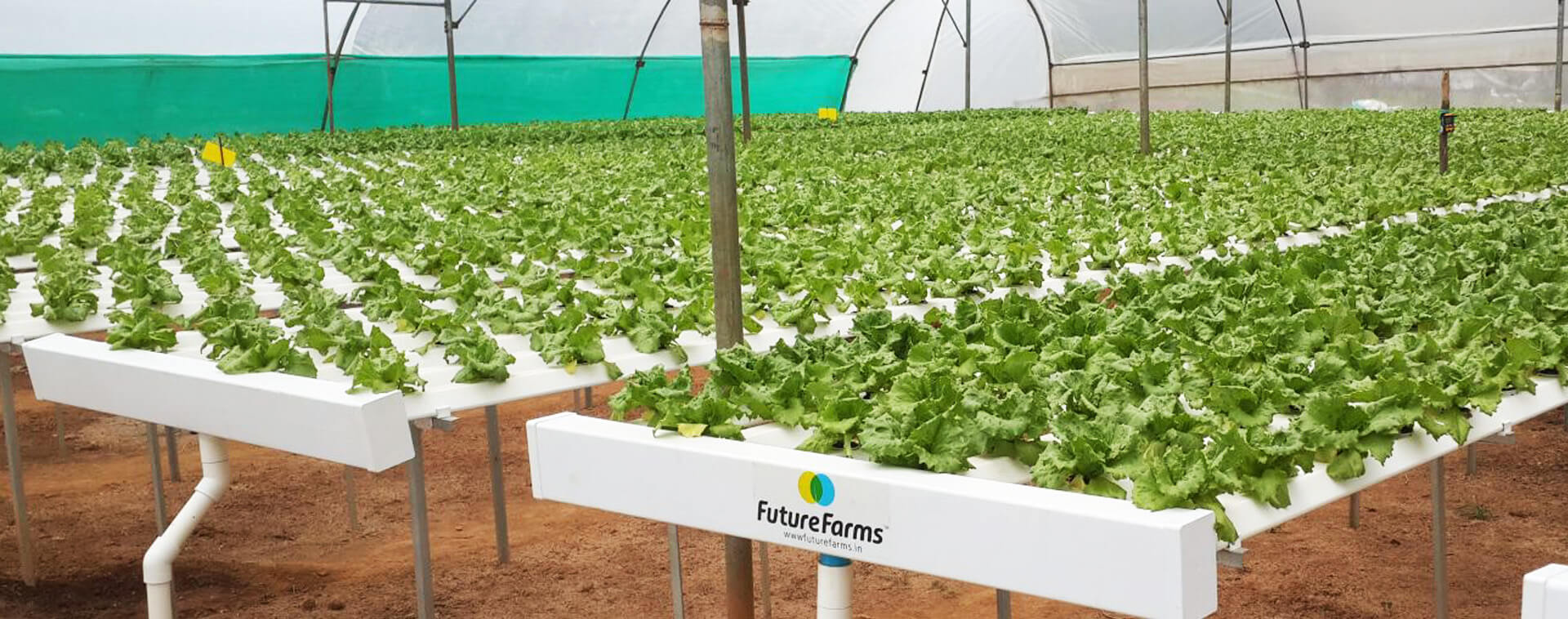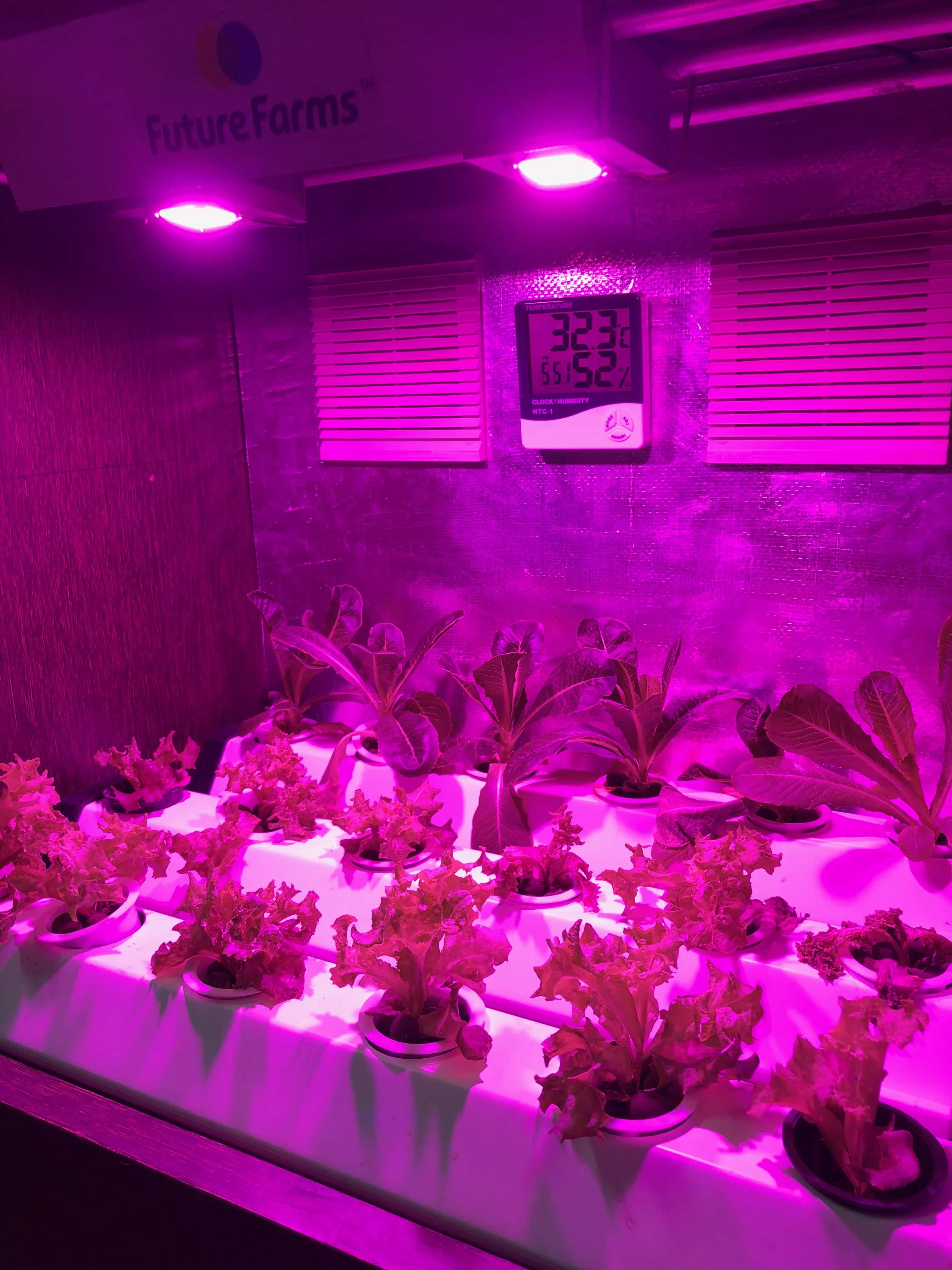
Grow your plants with Hydroponic tailored kits
Grow your plants with Hydroponic tailored kits
Hydroponic plants have a higher growth rate than soil plants grown under the same conditions. They also produce greater yields. The advantages of using Hydroponics in rapidly expanding places like Bangalore and Gurgaon are massive!
Hydroponic plants also have fewer problems with disease, funguses, and bug infestations. You can grow almost any vegetable, houseplant or fruit that you want in your hydroponic garden.
Hydroponic systems are also beneficial to the environment. Hydroponic gardening constantly reuses the nutrient solutions which mean that it uses less water than soil gardening.
Through the use of hydroponic tailored kits that are now available through numerous channels in the market, the cost of Hydroponic farming in India has dropped considerably.
Though growing plants in a tailored hydroponic kit are quite easy to do, there are a few other things you will need besides just a hydroponic system, as well as some things you should know to grow your plants successfully. Here are some things you’ll need, and want to know about: understanding of pH, nutrition, humidity, lighting (if you’re using LEDs or artificial lighting) and pest management. The most important thing to get started is to consider the right system that is tailored for hydroponic growing.
India has a number of bustling urban areas, hydroponics in places like Mumbai, Chennai, hydroponics in Bangalore, and ,hydroponics in Gurgaon is the solution to allowing people to grow clean, pesticide-free food from the safety and comfort of their own homes.




